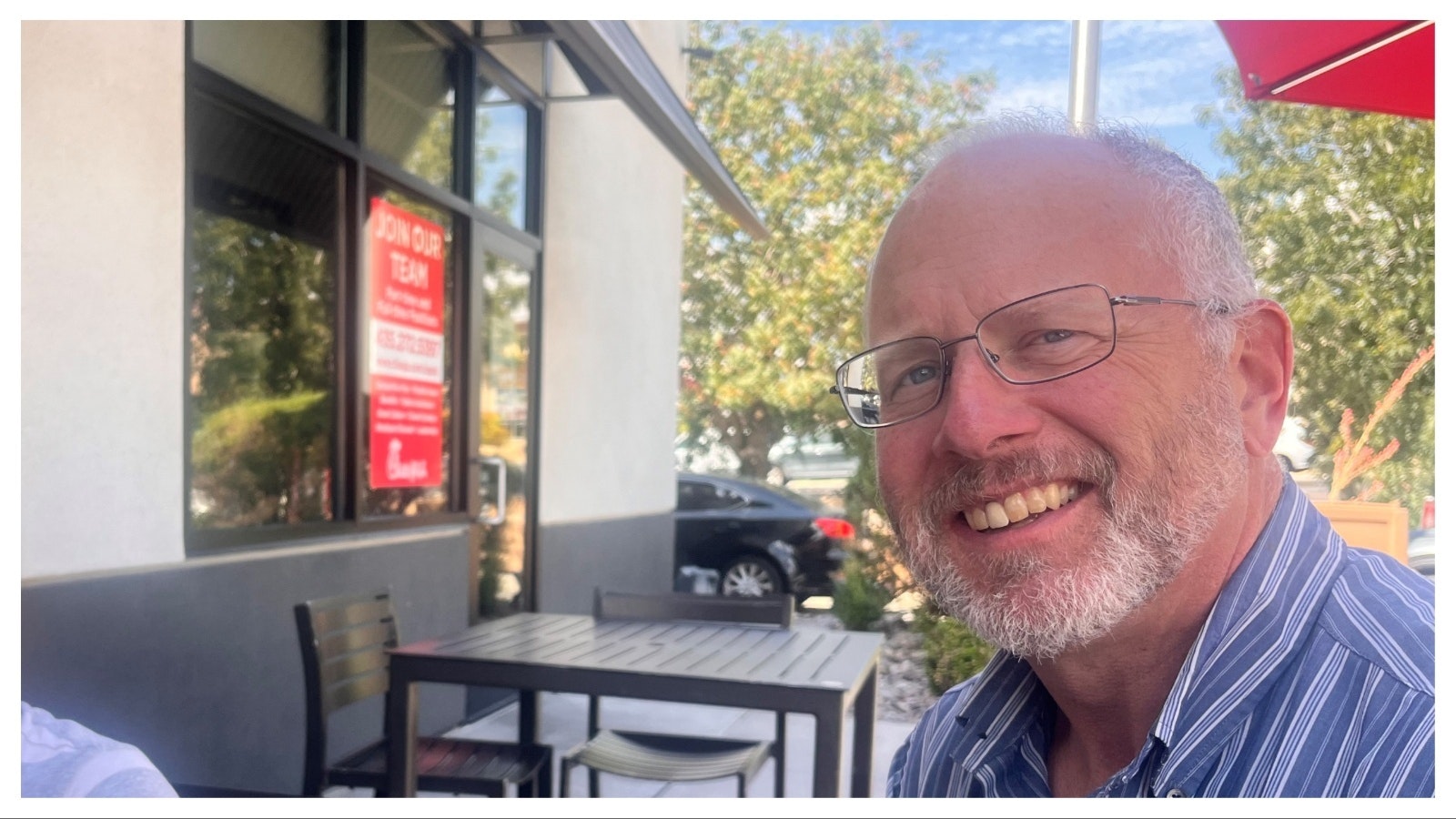The clock is ticking for the interested public to submit their comments to the Bureau of Land Management on the Rock Springs Resource Management Plan, with a January 17 deadline.
By now I’ve spent hundreds of hours reading and trying to understand the implications of each of the four alternatives in the draft RMP and have come to the conclusion that this draft is so poorly presented that the BLM should issue a supplemental environmental impact statement (SEIS) to address its deficiencies and give the public a fair chance at understanding the extent of the agency’s proposed management scheme compared to other alternatives.
Providing an SEIS would also allow the agency, and the public, to address the “Wyoming alternative” currently being crafted by the Governor’s Task Force that has been hurriedly meeting to compose such an alternative.
I’ve already submitted more than 11,000 words of detailed comments to the BLM, along with more than 1,200 pages of supporting documents and scientific literature citations. I’m used to reading environmental impact statements and technical documents, but I’ve never read one that was such a mess as this one, so my comments have been extensive. I do not believe that the public can fully understand the consequences of any of the alternatives because of the way they were presented in the draft document.
Of course, it all begins with the Preferred Alternative’s proposal to close more than 14,500 miles of roads and routes while not identifying those routes. The BLM now admits that these road and route closures were included in error. The BLM could correct this deficiency by preparing a SEIS with the transportation and access information clearly defined, along with all the details of the new alternative being prepared by the State of Wyoming. How else is the public to understand the impact of the alternatives if the document presented for public review doesn’t provide a clear view of these critical issues?
It's no wonder the public has struggled to read and understand the draft RMP. Page numbers don’t align with the table of contents (neither do page headers), and there is no index included, despite this requirement in federal regulations.
There is very little science cited in the draft, even though the BLM is charged with ensuring the scientific integrity of the DEIS.
Some of the literature cited in the text isn’t included in the literature citations at all, and many of the references included in the literature citations aren’t actually cited anywhere in the remainder of the document.
The draft includes dozens of words in the 36-page glossary that are not included elsewhere in the EIS, indicating that much of this section was a “cut-and-paste” job from another document. And definitions matter, since the RMP proposes to change the definition of “disturbance” to include “if the activity would require people and/or the structure or activity to be present in these habitats for a duration of more than one hour during any one 24-hour period” for the period in which wildlife seasonal restrictions would apply.
The BLM needs to make this make sense, but this combination of basic flaws makes it impossible for the public to weigh the quality of the claims in the draft, and the potential impact of each alternative
Federal regulations require, “If a draft statement is so inadequate as to preclude meaningful analysis, the agency shall prepare and publish a supplemental draft of the appropriate portion.”
Because the timeline for submitting public comment is down to less than a month from now, and the Wyoming alternative isn’t yet ready for review, I’m asking the BLM in my comment letters to ditch its preferred alternative in favor of a revised Alternative D.
You may remember that Alt D was the management plan being crafted by cooperating agencies, and it is viewed as the moderate plan. It would allow for continued opportunities to use and develop resources while promoting environmental conservation. But as written, Alternative D would also restrict many resource uses through its visual management classifications, rights-of-way restrictions, and seasonal wildlife restrictions, so on these three items I’m requesting that the BLM stick to its existing management.
I’m also requesting the BLM stick to the science when it comes to seasonal restrictions, to better define exactly where wildlife seasonal restrictions would be imposed, and to revise its definition of things like “disturbance” and “disruption” so that any human presence for more than an hour in a 24-hour period doesn’t fall within the agency’s outrageous new definition. The definitions of these terms over the last few decades has served us well, so I’m requesting the BLM go back to that understanding.
The public comment period closes Jan. 17. Substantive comments are those that question the accuracy of the information presented, or the methodology or assumptions used by the agency, or that present new information, provide reasonable alternatives, and that seek changes or revisions. Take the time to let the BLM what you want for the future of these public lands.
Cat Urbigkit is an author and rancher who lives on the range in Sublette County, Wyoming. Her column, Range Writing, appears weekly in Cowboy State Daily.





